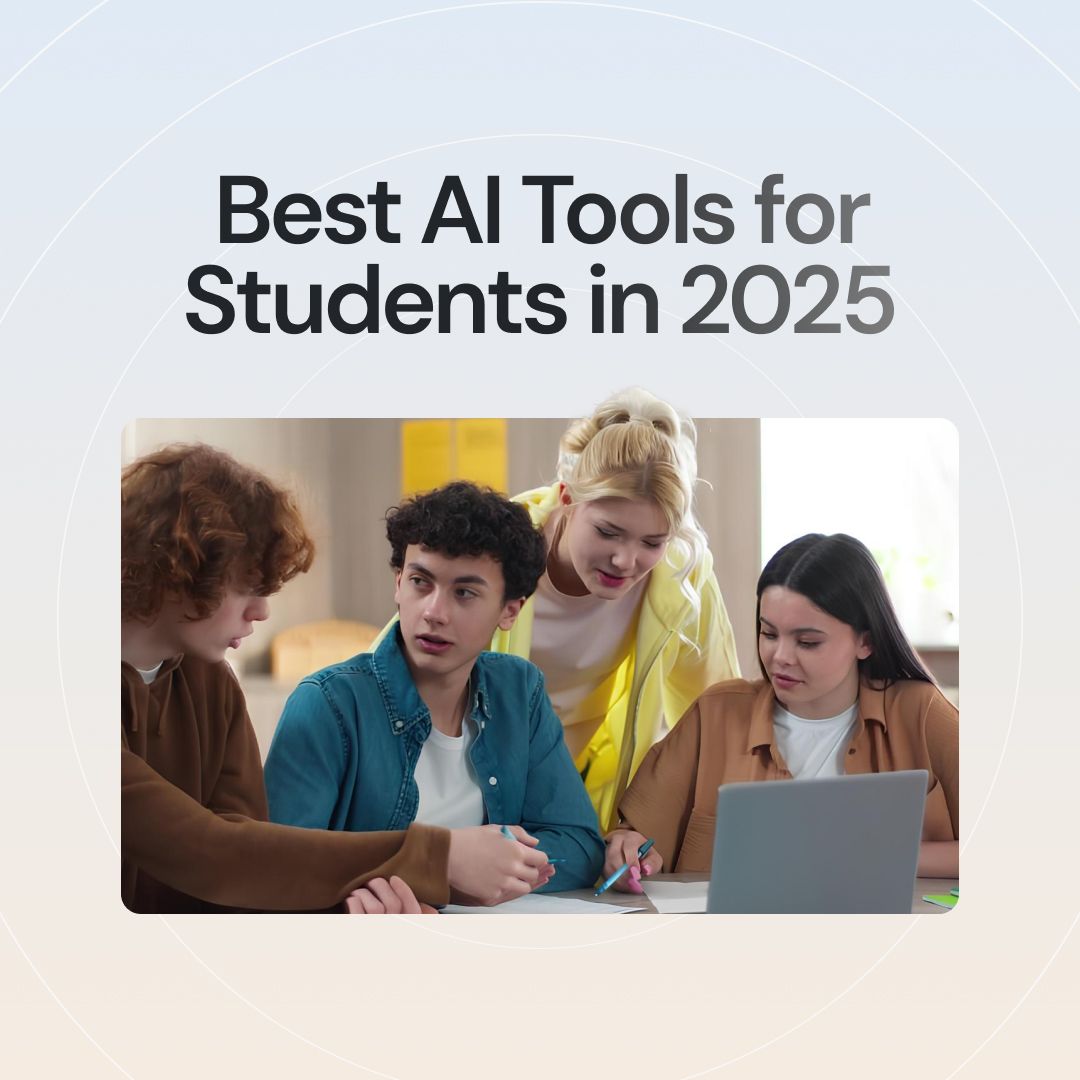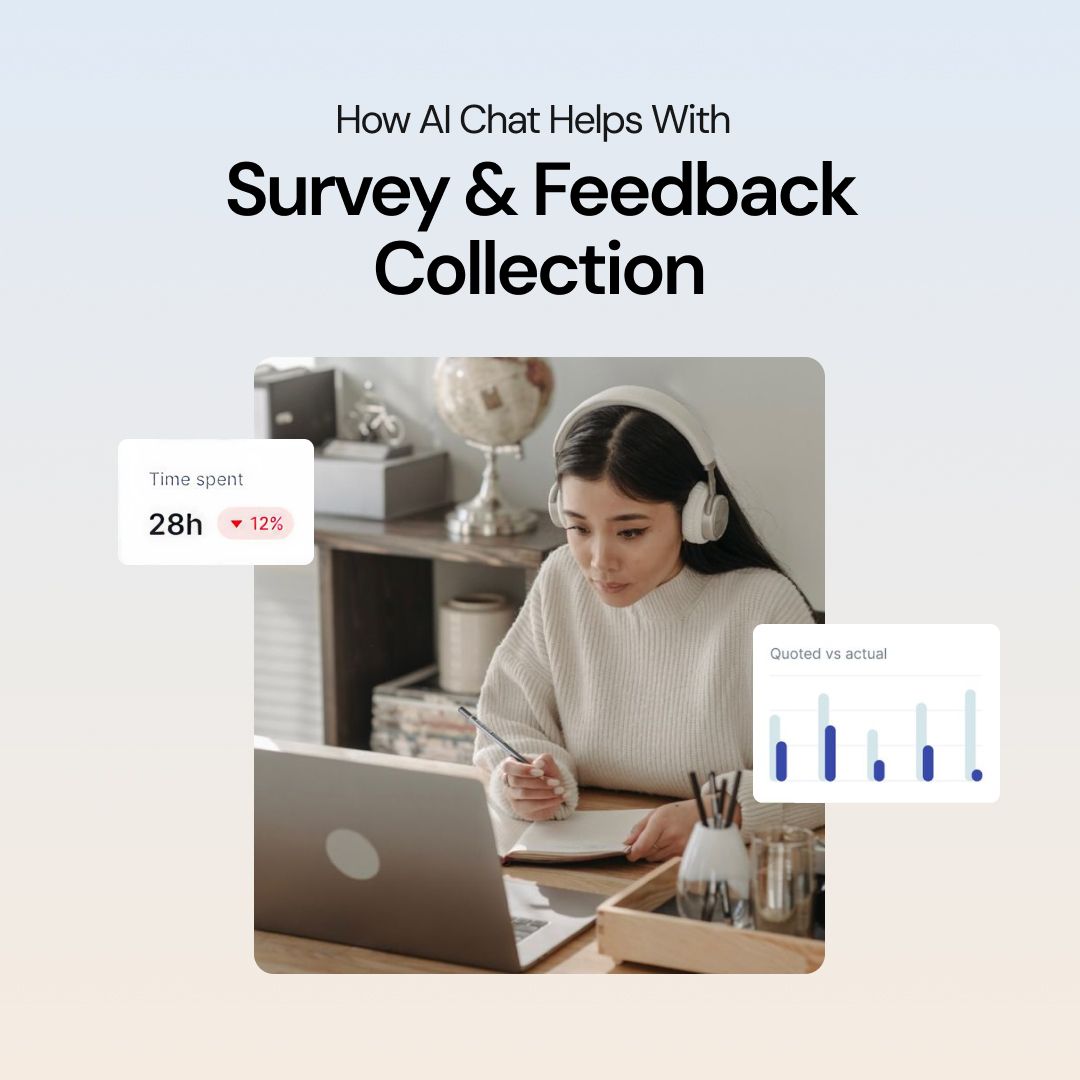Frequently Asked Question
More topics you may like

10 Different Ways You Can Use Chatly AI Chat and Search Every Day

Faisal Saeed

24/7 Customer Support with AI Chat: Benefits, Examples and More

Muhammad Bin Habib

11 Best ChatGPT Alternatives (Free & Paid) to Try in 2025 – Compare Top AI Chat Tools

Muhammad Bin Habib

28 Best AI Tools for Students in 2025 – The Complete AI-Powered Academic Success Guide

Muhammad Bin Habib

How AI Chat Helps with Survey & Feedback Collection

Muhammad Bin Habib
